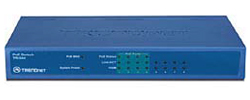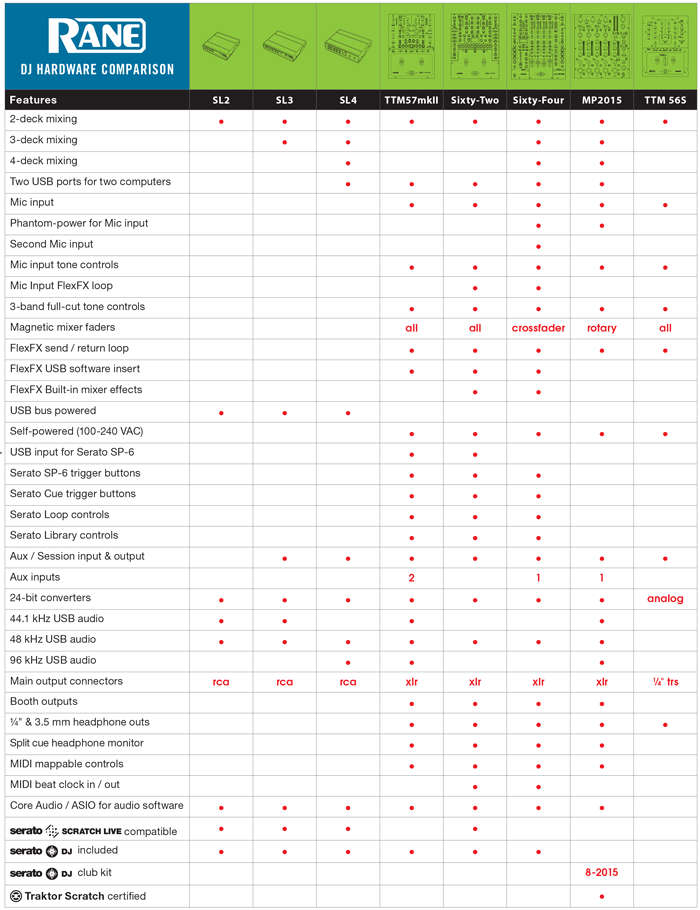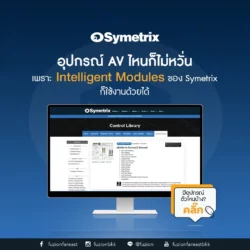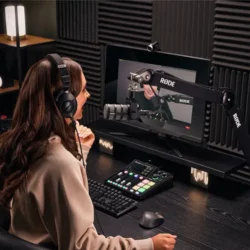So what is Power over Ethernet technology? Put simply, Power over Ethernet technology (commonly known as PoE) is a system for supplying both power and data to a remote Ethernet device through a single cable. It removes the need to supply the Ethernet device with a separate power supply and whilst it is particularly useful in places where it would be cost prohibitive or impractical to have a mains power output, it can be used to power any low-power Ethernet device. Its main advantage is that it does not require any changes to existing infrastructure to implement.
How does PoE work?
A standard CAT-5 cable contains four twisted pairs of conductors. 10MBit networks (wired with CAT-5) and 100Mbit networks only use two of these pairs for data transfer. Faster networks such as 1Gbit networks use all four pairs.
The IEEE standardized PoE implementation in their 802.3af specification whereby Power Sourcing Equipment (PSE) supplies power to the Powered Device (PD) using CAT-3 cable or better. It does so by providing up to a maximum of approximately 13 W at a nominal 48V to a PD in one of two modes. Mode A uses two of the pairs of cables to provide both data and power. With Mode B, data is transferred over two pairs as normal and the other two pairs are used to carry the power. A PSE can implement Mode A, Mode B, or both although it must not use both modes simultaneously to the same device.
When a device is initially connected, the PSE goes through four steps to ensure it can correctly power a device. It first detects if the device supports PoE or not. If it can, it then determines its power classification. Once that is done, power is supplied and then stabilized for normal operation. Using these four steps not only protect the PSE from damage if connection to the PD or the PD itself has a problem, but also allows non-PoE devices to be used on a PoE switch without harm∗.
How do I implement PoE?
PoE for CobraNet devices can be implemented in a number of ways. For new installations, the best solution is to include PoE-enabled Ethernet switches in the design. PoE-enabled Ethernet switches can be purchased as partially PoE or all PoE and are available as standalone or rack mountable.

PoE switches generally include a method to monitor the PoE status of each PoE-enabled port. Many give a local visual indication such as the example switch (note the additional status LEDs for the PoE ports). In addition, some have a web interface for remote monitoring. In a few cases, particularly in high-end switches, it is possible to turn the PoE for a particular Ethernet port on or off. All this convenience comes at a price, as the extra circuitry and larger PSU required for a PoE-enabled switch mean they will generally be more expansive than the non-PoE equivalent.
PoE can also be retrofitted easily to existing installations. This requires a device called a midspan injector. These devices take in non-PoE Ethernet and output PoE-enabled Ethernet. They come as rack mount for multiple port conversion (the image on the left below) or a standalone device for a single connection (the images to the right).
∗ Caution: Some manufacturers implemented proprietary methods of PoE before the standard was harmonized by the IEEE. These methods use their own specifications and may not conform to IEEE 802.3af standard. Plugging a proprietary PoE device into an IEEE standard PoE switch or vice versa could cause damage to the device, the switch, or both. Damage may also occur if a non-PoE device is plugged into a proprietary standard PoE-enabled switch.







